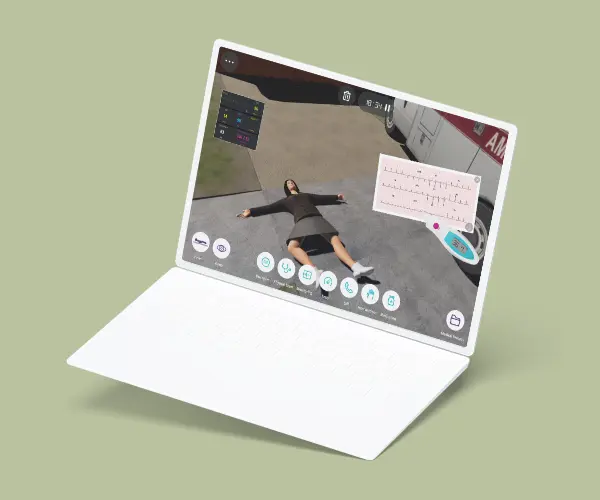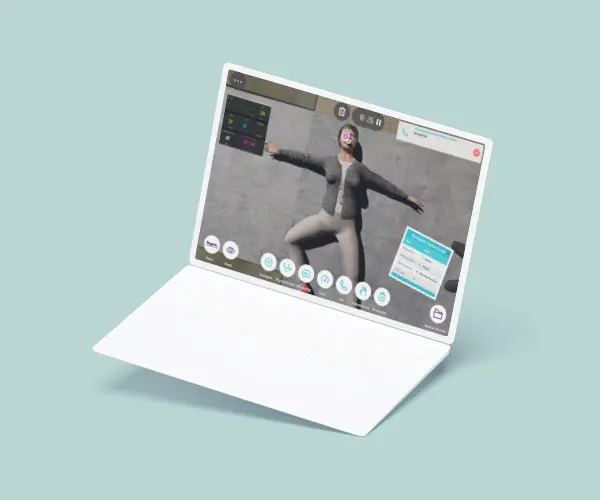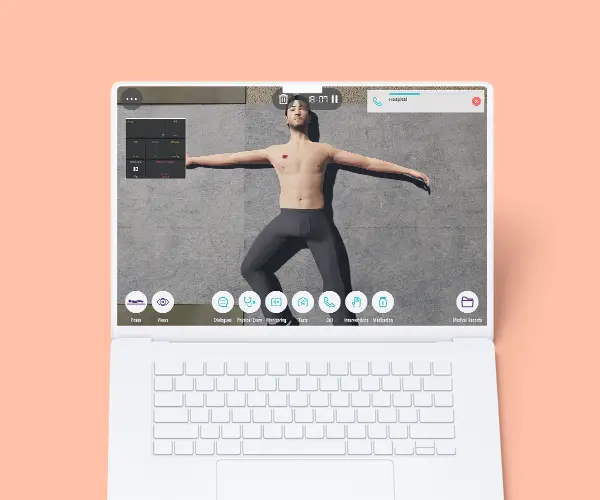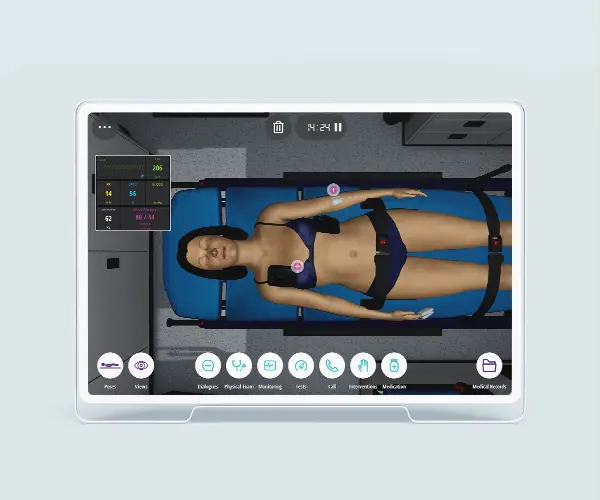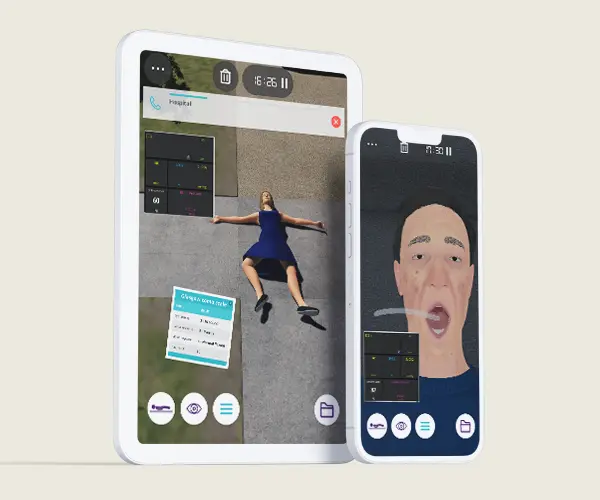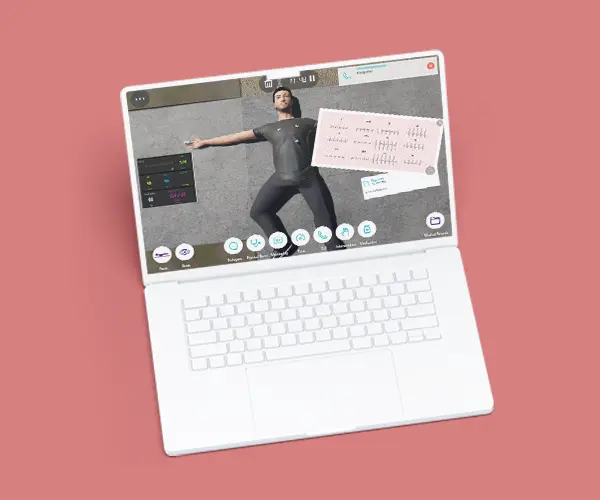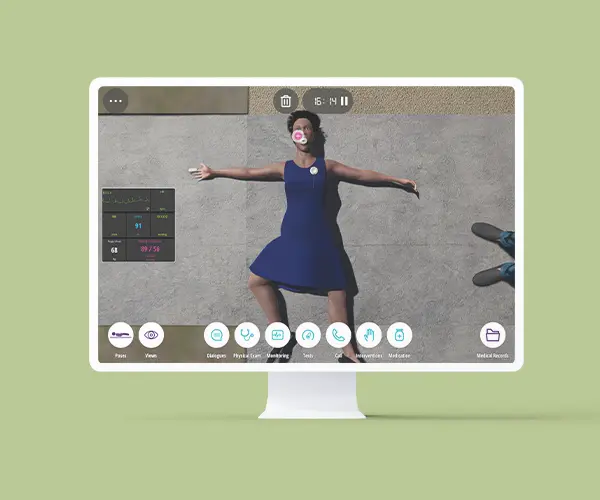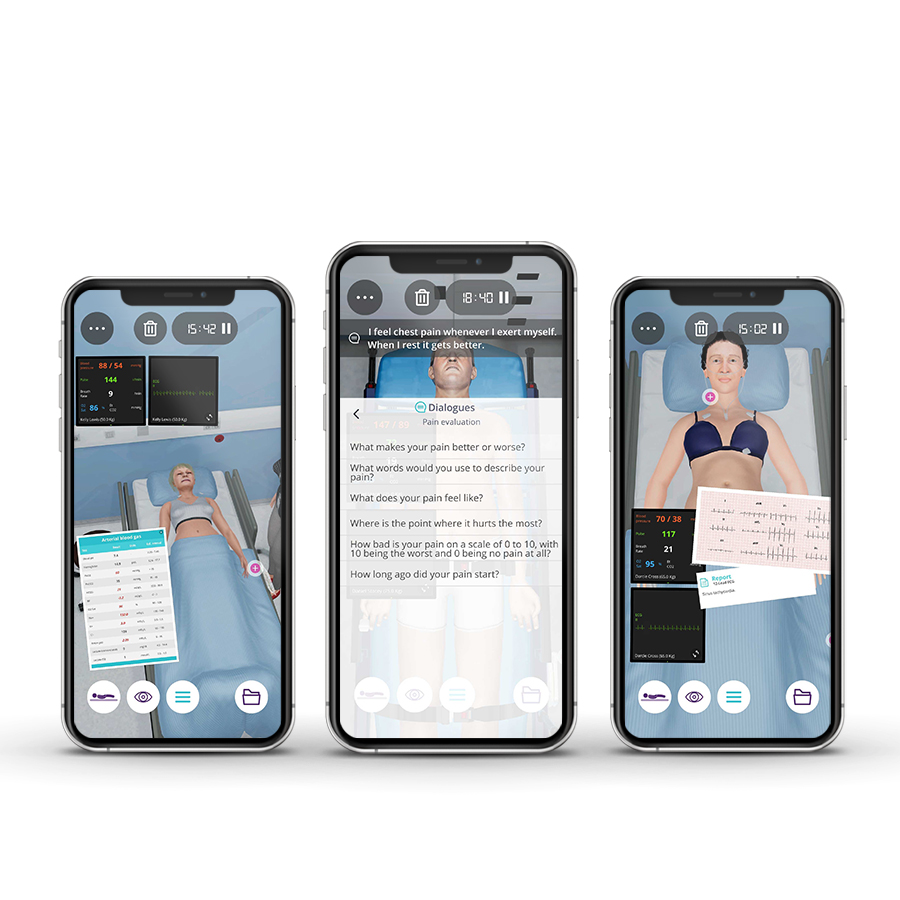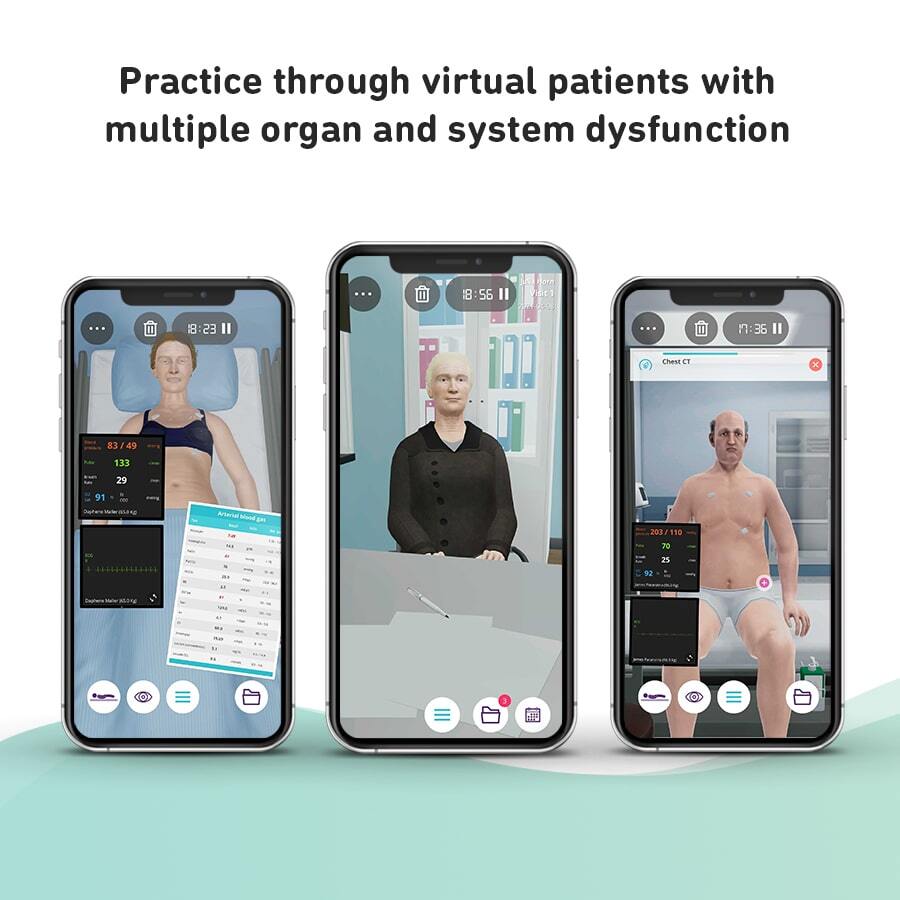Description
Course type: Online; Self-Paced
Specialty: General Medical
Language: English / Portuguese
Resources: Handbook
Level: Basic
Target: EMT
Modules: 5
Durations: 2 months
Time Effort: Up to 110 min per module
Certificate: Yes
Course Description
Evidence-based practice is an approach that makes it possible to improve the quality of care provided to people. The promotion of uniformity of care in the pre-hospital context is crucial and is based on the training of professionals to develop practical skills supported by existing guidelines.
The General Medical course stands as a unique opportunity to develop the practical training of EMT teams or individuals through virtual patient scenarios, in both home and ambulance environments. The scenarios cover different areas, namely, Hypoglycemia, Dehydration, Sickle Cell disease, Seizures, and Septic shock, within general medicine for better performance in the decision-making process.
Course Overview
- 5 Modules
• 5 virtual patient cases of a basic level of complexity. - Average Time to practice (per module)
• Clinical Scenario: 20 minutes per attempt (3 attempts: 60 minutes)
• Final attempt (if applicable): 20 minutes
• Multiple Choice Question: 5 minutes
• Feedback Area: 10 minutes
• Learning Objectives and Scientific References: 5 minutes
• Handbook: 10 minutes - Online, Self-paced
2 months to complete the 5 modules at your own pace. - Certificate of Completion
Learning Objectives
• Assess the security of care;
• Develop skills in assessing the patient’s clinical history applying SAMPLE;
• Assess pain using OPQRST;
• Assess the patient’s condition, provide stabilization measures and request additional resources as needed;
• Call a higher level of emergency medical services for transport.
Clinical Competencies
Safety
• Universal safety measures procedures
• Promote patient safety
Airway and Breathing
• Airway – naso/oropharyngeal
• Oxygen therapy (nasal cannula; non-rebreather; high-flow mask)
• Pulse oximetry
Circulation
• Cardiopulmonary resuscitation (CPR)
• Assess and interpret pulse (rate, rhythm and volume)
• Cardiac monitoring – 12-lead ECG
Medication- Routes
• Aerosolized / nebulized
• Intramuscular – auto-injector
• Intranasal – unit-dosed, premeasured
• Mucosal / Sublingual
• Oral
Module 1 – Shaking after Crossfit workout
Context: Several causes can contribute to the seizure onset. This clinical condition can cause changes in a patient’s behavior, movement, or even alterations in the patient’s state of consciousness.
Virtual Scenario: Jimmy was going to his car after a Crossfit workout when he felt bad. His colleague came to a little behind and said that he heard Jimmy fall and heard strange noises that seemed that he was shaking.
Module 2 – Unconscious on the street
Context: The brain and other tissues in the body use glucose, or sugar, as fuel. As expected, the brain requires a constant supply of glucose for proper metabolic function. Complications can arise due to the interruption of the glucose supply.
Virtual Scenario: Patricia is a human resources specialist and has been on a crash diet preparing for her wedding.
Module 3 – Generalized pain
Context: Most patients with blood diseases suffer from real pain, but they may not seem uncomfortable because they have learned to adapt to a lifetime of chronic pain. It is important to identify the cause, through the evaluation and interpretation of the appropriate physical exam and medical history, and stabilizing the patient according to the clinical condition presented.
Virtual Scenario: Adeola is a business woman. She was working when she felt bad. Her colleague called an ambulance.
Module 4 – Gastrointestinal disorder
Context: The feeling of nausea and the act of vomiting occur in response to physiological and pathological conditions. These conditions can have different origins, namely acute enteric disease, or women with nausea and vomiting in the first trimester of pregnancy. Other causes of this condition can be related to chemotherapy or postoperative status. Both nausea and vomiting can leave those affected with physical discomfort and fatigue and can lead to other health complications including dehydration.
Virtual Scenario: Lisa is a chef in a restaurant. In the past few days, she has been preparing various dishes for a TV contest and she thinks that maybe she ate something that was not good.
Module 5 – Severe drowsiness
Context: The clinical condition that defines the acute circulatory failure that results in an insufficient supply of oxygen to the tissues is called Shock. There are several types of Shock, however, regardless of the condition, high mortality is associated. Thus, it is crucial to identify it and treat the patient immediately.
Virtual Scenario: Greg had an automobile accident a few years ago and left him, quadriplegic, due to a C4 cord injury. He has been recently more lethargic and with an altered level of consciousness. His mother called 911.
Authors and Speakers
With a multidisciplinary group of international clinical reviewers, Body Interact ensures a high standard of accuracy, diversity, and impact of its course.
Scientific References
- Cunningham C, Richard K. National Model EMS Clinical Guidelines. National Association of State EMS Officials. 2022; Version 3.
- National Association of State EMS Officials. National EMS Scope of Practice Model.2019; DOT HS 812 666


